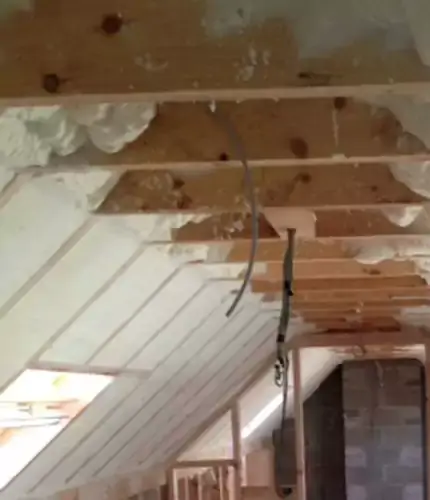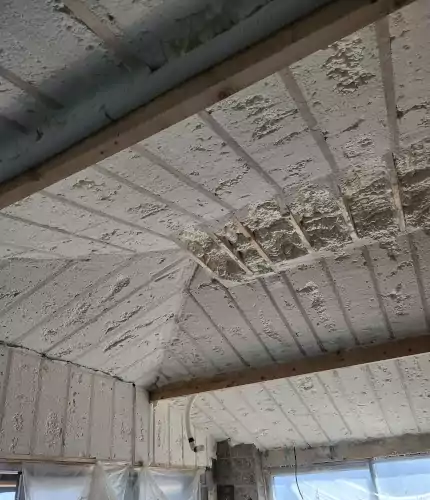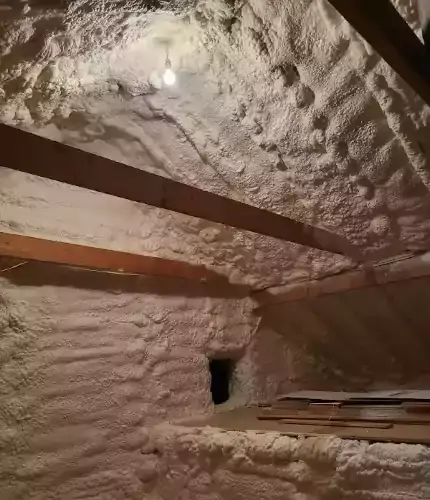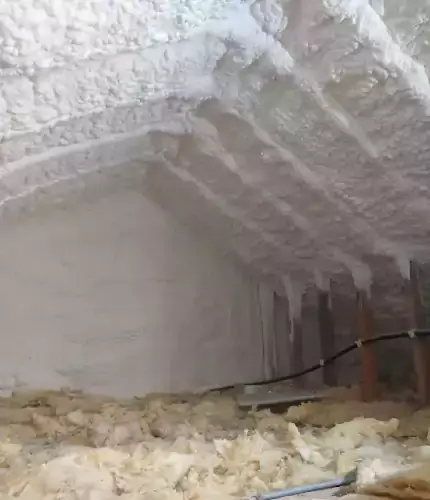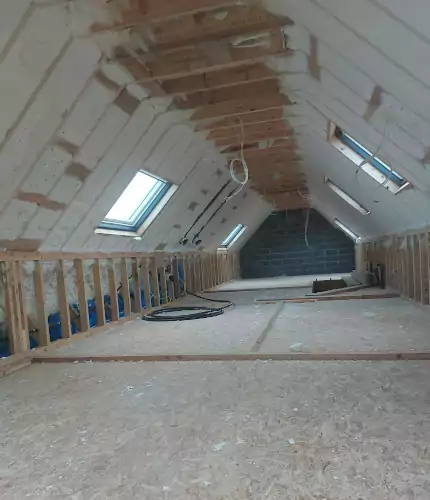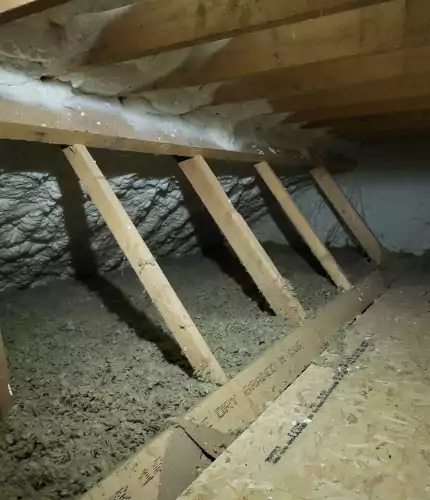Spray Foam Insulation
Spray foam insulation is the most modern and efficient way to insulate your home or commercial premises. Out weighing fibre glass and other wool insulation products spray foam insulation is the best step for keeping your home sealed. Choosing spray foam insulation will not only save you up to 40% on your annual heating bills, it will also stand the test of time!
Open Cell Spray Foam Insulation
Open cell foam is usually more suitable for residential applications because of its moisture permeability, or the ability for moisture to pass through the insulation. Most homes are constructed with at least some wood and it is this reason, moisture permeability, why open cell foam is best suited for residential homes.
When used in an attic when timber rafters need to breathe a 50mm air need to be maintained between the insulation material and the roofing felt to allow the water vapour to leave the building.
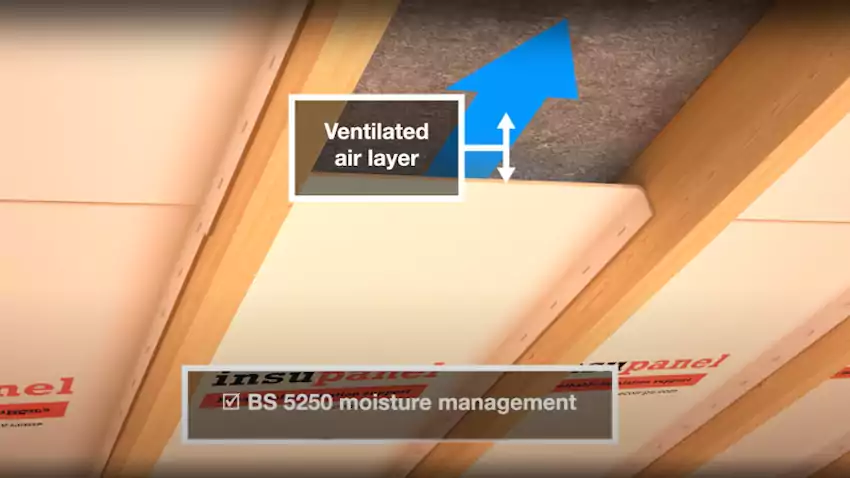
To achieve this we use a ENERTITE insupanel Ventilation layer. A rigid semi permeable membrane is attached to the rafter 50mm from the roofing felt allowing the free flow of water vapour to escape.
ENERTITE insupanel Ventilation layer
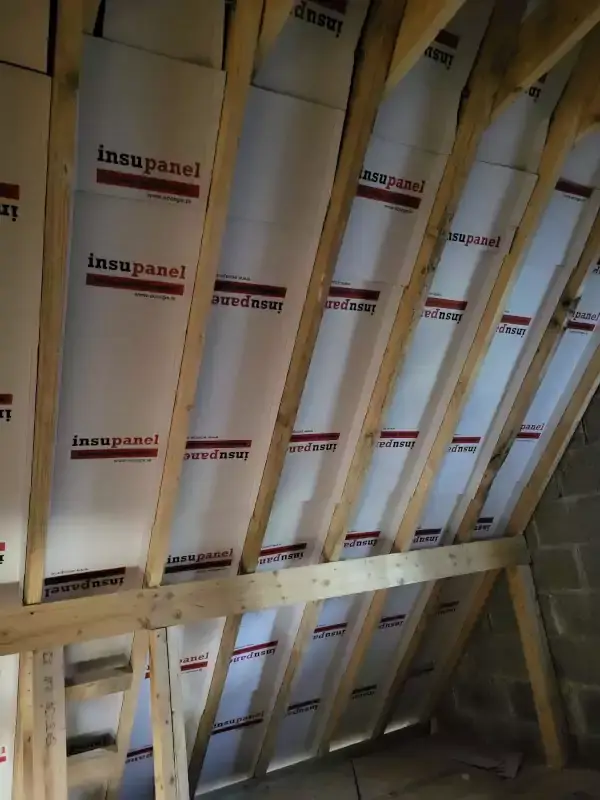
ENERTITE Spray Foam Insulation Applied
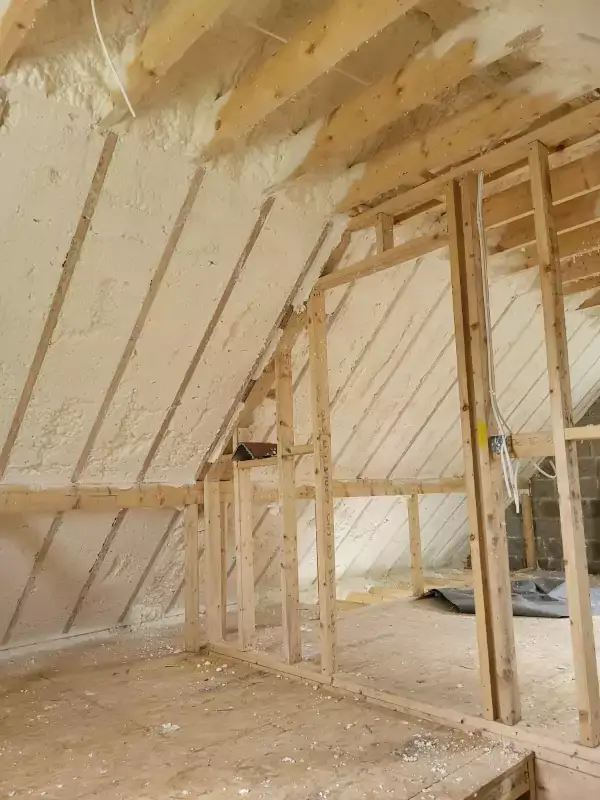
Closed Cell Spray Foam Insulation
It is most commonly used in the commercial, industrial, agricultural, marine and refrigeration sectors. Closed cell foam is commonly used outdoors where the buildings tend to be predominantly constructed of steel, metal or corrugated alloys.
Closed cell foam forms a moisture vapour barrier. What this means is that it will not allow any moisture to pass through the foam and forms a barrier or envelope which is impermeable to external moisture. This barrier also halts the formation of condensation on the interior of the roof, specifically in outdoor structures, which would then in turn drip into the internal space.
Shed Closed Cell Spray Foam Insulation

Closed Cell Container Insulation
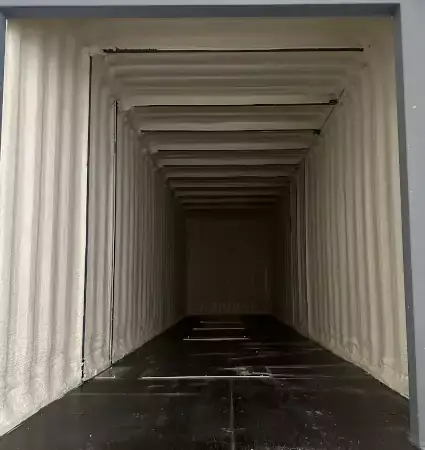
Closed cell foam should also not be used directly on wooden roof decks. Water will be trapped between the wood decking and the insulation if a roof develops a leak. This can lead to rotting of the wood before the roof leak is ever discovered. Also, moisture from water vapour and condensation can build up between the two layers, again, causing structural damage. It also will not allow the escape of any moisture witch may build up in the attic.
Slow Pour Foam Insulation
Slow pour foam is and expanding foam that has a slower expansion rate than other polyurethane foams like open cell and closed cell spray foam insulation. It is used in cavity wall insulation where holes are drilled into the walls and the foam is poured into the cavity where it expands slowly to fill the void creating a thermal barrier and an airtight seal.
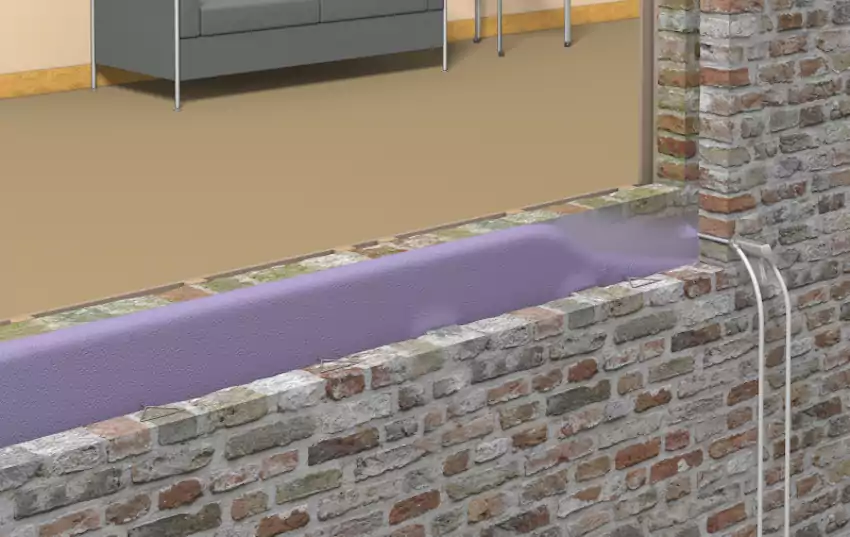
Its benefits include its thermal efficiency, its moisture resistance, its excellent sound proofing properties and its adhesive properties.


